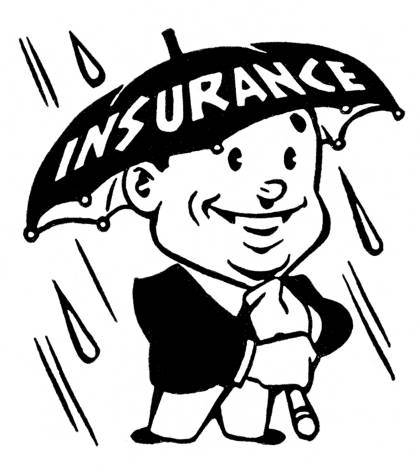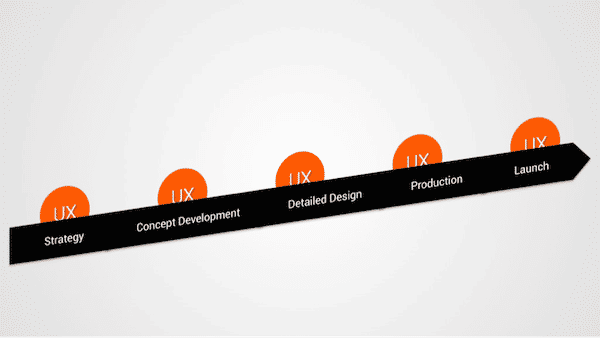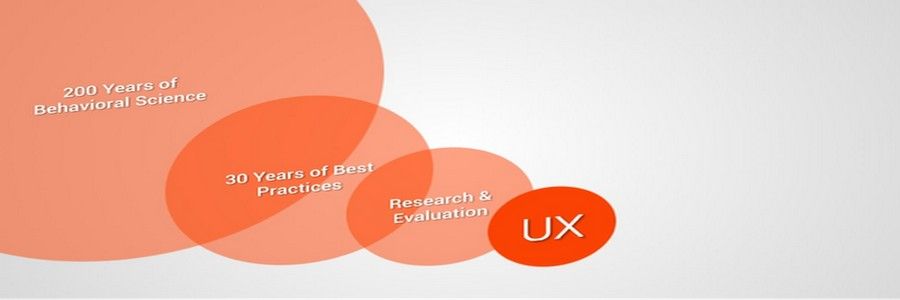Many years ago, I lived in the United Arab Emirates. The vast majority of people who work in the UAE, including me, get health insurance at the expense of their employer. That health insurance is pretty awesome too – it gets you into the best hospitals in the world and treated without any real impact on your wallet.
My friend, Patrick, wasn’t one of those people. He was on a substantial salary where his international travel meant that he didn’t spend enough time in Dubai to be considered a local employee and thus he was left to find his own health insurance. Patrick decided it was too expensive and that he’d be better off keeping the extra money in his own pocket.
About 6 months after he arrived in Dubai; Patrick broke his leg. The local hospitals informed him that he would be treated if a.) he gave them his insurance details or b.) he paid them in cash before they started treatment. That’s how Patrick ended up flying back to the United Kingdom with a broken leg. It turns out that the one thing more expensive than health insurance is treatment in a country with no public health service.
UX as Insurance
User experience design work is a form of insurance. It’s not quite as good as my health insurance which works every time I get sick but it’s better than Patrick’s lack of insurance too. The principle of UX design is to create products that please their users.

Author/Copyright holder: Unknown. Copyright terms and licence: Unknown
That’s a laudable goal not because it results in happy users (which is a good thing) but because it results in users that will pay to use your product. It’s the act of payment that keeps your wages flowing and the wages of everyone else you work with. It’s what differentiates the business you work for from a room full of people working for the love of working.
Big companies get their user experience wrong; Ford’s Edsel, Apple’s Lisa, Microsoft’s Windows ME, etc. and they invest in UX design. However, they get far fewer things wrong than if they’d skipped the UX design phase out of their processes.

Author/Copyright holder: Mac History. Copyright terms and licence: All rights reserved Img
UX design isn’t expensive when you see it as part of the development costs of a particular product. It’s important that the UX budget is in proportion to other activities to ensure that it doesn’t become expensive. For example; if your product takes a single day to develop – you probably don’t need to invest a year in UX activities. But you do need some UX work to ensure that whatever they develop is of interest to your users (because a wasted day is still a wasted day).

Author/Copyright holder: UX Magazine. Copyright terms and licence: All rights reserved Img source
However, in many industries the risks are much more apparent. A new product from a major brand name is going to take months if not years to develop. It’s going to involve dozens or hundreds (or even thousands) of human resources. That’s a serious investment. It’s cheap to try and protect that investment with a little UX design work.
Header Image: Author/Copyright holder: UX Magazine. Coypright terms and licence: All rights reserved. Img











